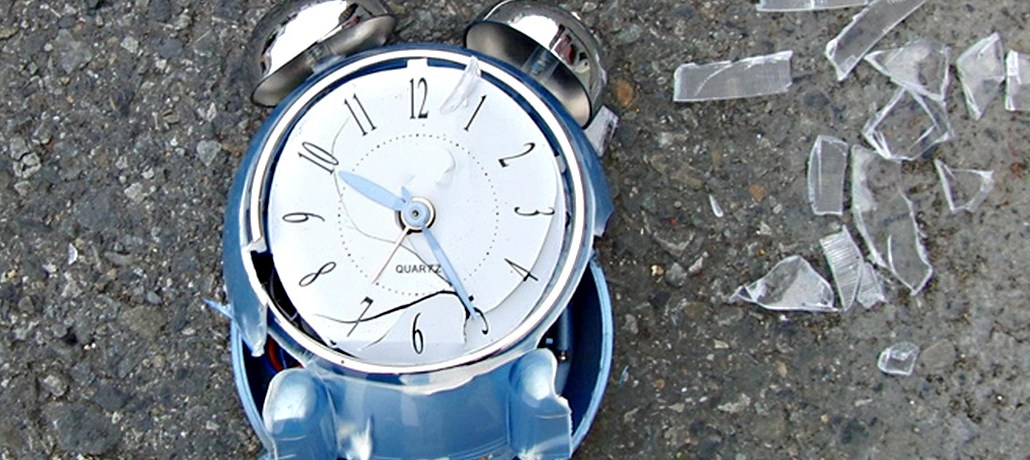
It’s hard to argue that the adoption of metrics like pageviews and monthly uniques have changed publishing for the better. What started as 50-page slideshows has given way to click-baity headlines and other any-means-necessary viral tactics. Not much of that has been good for readers.
In an effort to turn things around, the industry has started pushing the notion that the best indicator of content quality isn’t how many people see it, but how much time they spend on it. Enter “engaged time,” which publishers like The Financial Times, Say Media and Medium are now putting at the center of their value propositions to advertisers and readers.
Upworthy has taken it further than most. Six months after announcing its move to measure its articles solely on how much attention time they get, the site is now opening up its “attention minutes” code to any publisher that wants to use it. The company says the shift is a good one for publishers, which need a universal way to measure the quality of their content.
“Fundamentally, this is a metric that rewards content that engages readers,” said Daniel Mintz, head of analytics at Upworthy.
But while there’s some early speculation that attention minutes could replace CPMs as the primary way that ad inventory is bought and analyzed, some ad buyers aren’t yet convinced.
One problem with attention minutes, Media Kitchen president Barry Lowenthal points out, is that it assumes that all content is created equal. Evaluating all articles based on how much time readers spend on them punishes publishers that specialize in shorter, more newsy posts.
“There is certainly content that is designed for a quick scan, and that content is not any less valuable because of that,” Lowenthal said. “A lot of people don’t want to spend 20 minutes reading a 10,000-word article when they can get in a thousand words or less.”
Ad position: web_incontent_pos1
Some buyers are also unconvinced that metrics like attention minutes would ever replace the CPM model as the primary way that ad inventory is sold. At the end of the day, advertisers want big audiences, something that attention minutes, as a rule, do not consider. “To say that it’s going to be the new currency is silly,” Lowenthal said.
The smarter approach, as Upworthy seems to be pushing, is to treat attention time as an added contextual layer on top of existing metrics. The site is simply adding some data to what happens after readers click on an article and before they share it.
And then there’s the question of how long it will take publishers to game attention-based metrics. If the industry response to previous metrics offers any hint, rewarding content that readers spend a lot of time on may simply encourage publishers to create longer and longer content.
But Upworthy doesn’t see that as a bad thing.”The way that you game attention is by publishing more engaging content,” Mintz said. “And you do that by publishing pieces that people like.”
But not even the most skeptical buyer can argue that the shift to attention and engaged time is an inherently bad thing for the industry.
Ad position: web_incontent_pos2
“I’m glad to see this happening,” said Jeff Minsky, director of emerging platforms at OMD. “There’s been this overemphasis on the bottom-line impression rather than the quality of the impression. The editorial that surrounds an ad and the time readers spend on a page are also key.”
Like the publishers pushing attention minutes, Minsky said that the most encouraging thing about attention minutes is that it’s a far better indicator of quality than pageviews and uniques, which publishers haven’t been shy about manipulating. If content isn’t useful, readers won’t stick around to consume it. And that’s a valuable thing for advertisers to know, particularly when they’re dabbling in video.
“Display ads are all about the monetization of pixels,” Minsky said. “People were trying to pump out as many dollars out of a page as they could. And that didn’t create good experiences for either consumers or marketers.”
More in Media

NewFronts Briefing: Samsung, Condé Nast, Roku focus presentations on new ad formats and category-specific inventory
Day two of IAB’s NewFronts featured presentations from Samsung, Condé Nast and Roku, highlighting new partnerships, ad formats and inventory, as well as new AI capabilities.

The Athletic to raise ad prices as it paces to hit 3 million newsletter subscribers
The New York Times’ sports site The Athletic is about to hit 3 million total newsletter subscribers. It plans to raise ad prices as as a result of this nearly 20% year over year increase.

NewFronts Briefing: Google, Vizio and news publishers pitch marketers with new ad offerings and range of content categories
Day one of the 2024 IAB NewFronts featured presentations from Google and Vizio, as well as a spotlight on news publishers.
Ad position: web_bfu


